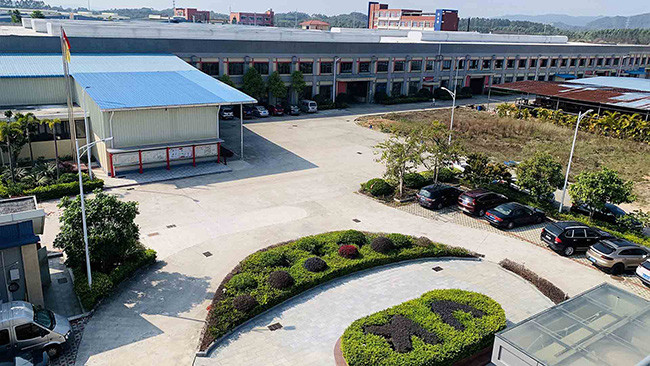Air Bellows
The basic points which must be considered when selecting an air
bellow as an isolator are:
- load or total weight and number of mounting points
- recommended operating height
- degree of isolation
- operating pressure
Load capability
When selecting the isolator, there should be sufficient
load-bearing capability to compensate asymmetric load distribution
or excess weight.
Air isolators have been designed to absorb dynamic increases in
load from operating vibrations.
Recommended operating height
To ensure optimum isolation and lateral stiffness, isolators should
be used at the recommended operating height.
Operating pressure
As a rule, the size of the air isolator is correct if the operating
pressure is between 4 and 6 bar.
Degree of isolation
The degree of isolation is a measure of the isolation of vibration
excitation. Vibration isolation exists only if the exciting
frequency is at least 1.4 times
greater than the respective natural frequency
Maintenance of the air springs, Vehicle Check-List
- Check the air lines and devices of leakage and that they turns freely.
- Check the bellows bearing for damage, correct fastening, deformation, sharp edges.
- Check the shock absorbers for operation and impermeability as well as tightness and bearing.
- Periodically, check nuts and bolts for proper torque. For specific recommendations see manufacturer's manual.
- Check axle suspension, trailing arms and rods for wear.
- Check height control valve to see that it is functioning properly. A properly maintained valve will save unneeded maintenance expense.
- Routine inspection of all of the above according to manufacturer's instructions, will extend the life of your vehicle and reduce your
overall maintenance expense.
Air Spring Installation
- Before you start installing air springs, make sure you have all the
necessary tools and equipment to perform the repair safely.
- Familiarize yourself with the suspension on which you are
performing the repair by reviewing the manufacturers service guide.
- If you are in doubt about something, ask for assistance from a
qualified suspension specialist, the suspension manufacturer or the
air spring manufacturer; This can save you a lot of time and
aggravation later in the job.
Important tips to remember when installing a new unit
- Check levelling valve, linkage and transmission parts for wear and
damage and if necessary replace the damaged parts.
- Check that the shock absorber for leakages and take a shock
absorber test. A defective shock absorber must be replaced.
- Once the air lines are disconnected, check their entire length for
cracks or other damage. Replace worn parts.
- With the air spring removed, other parts of the air suspension
become more accessible. Check for wear or damage of the frame
hangers, trailing arm bushings, torque rods, the trailing arms and
the air spring mounts. When it is necessary, also replace parts.
- Check bearing for air spring bellow for external damage,
deformation, sharp edges and correct fastening.
- Before installing the new unit, clean the air spring mounting
plates to ensure proper attachment to the suspension.
- Always use new attaching bolts for the installation and observe the
tightening torques. Never use old bolts, because these can fall
out.
- Check the linkage of the levelling valve to see that it is
functioning properly. Under load, the linkage should move from the
neutral position up to the intake position. This lets air into the
springs, which brings the arm back to the neutral position. This
lets air into the springs, which brings the arm back to the neutral
position. That opens the exhaust valve, allowing air to escape
until the arm returns to the neutral position. Then check the
driving level.
contact: Cindy Huang
wechat: +8613928831072
whatsapp: +8613527661764
email:sales@vkairspring.com














